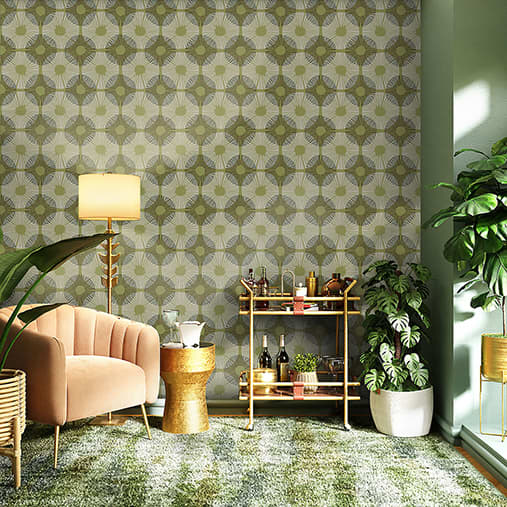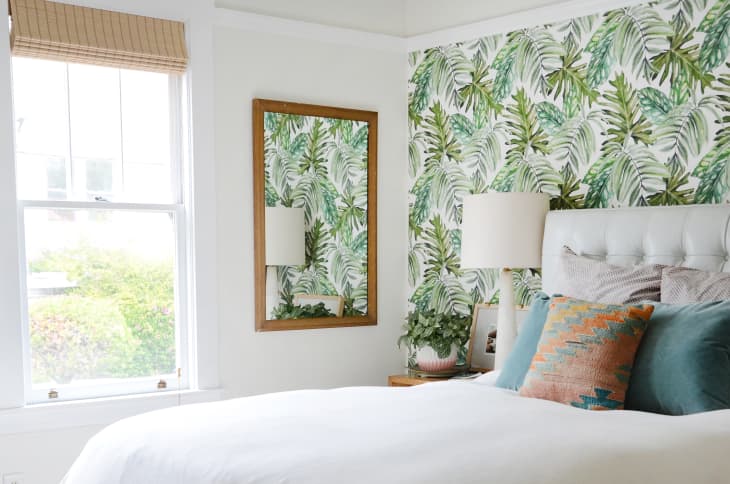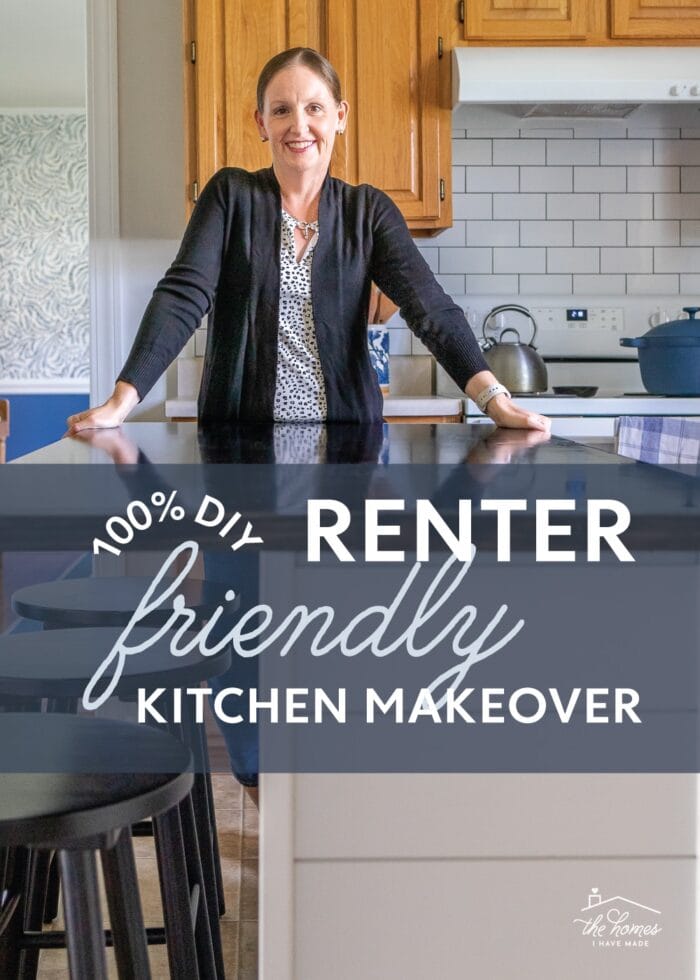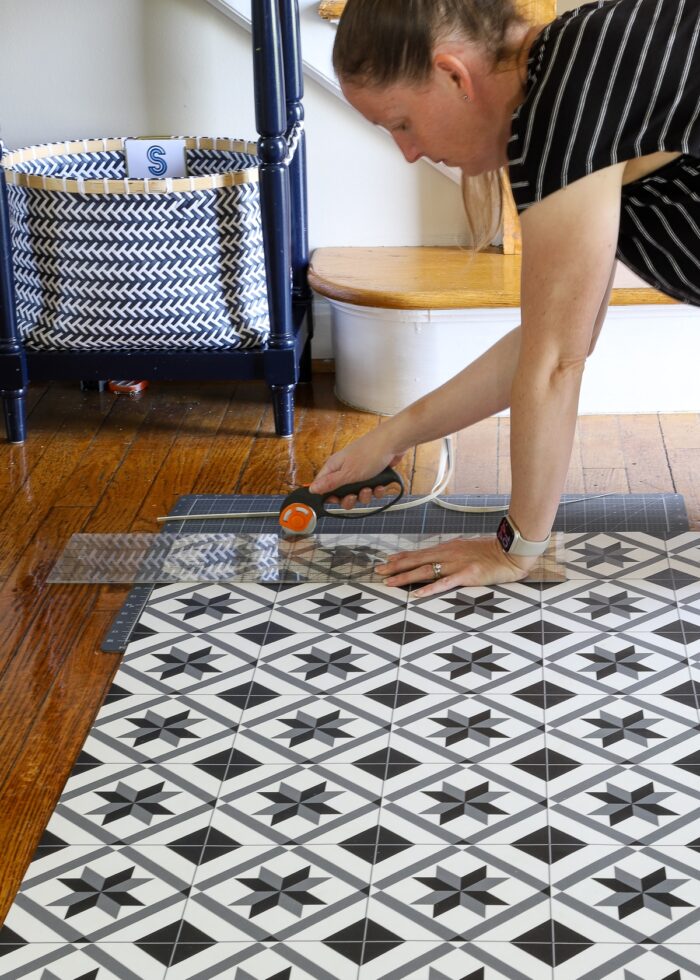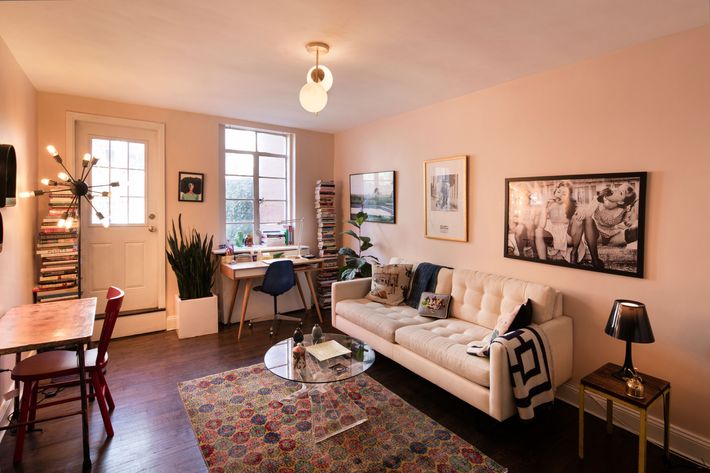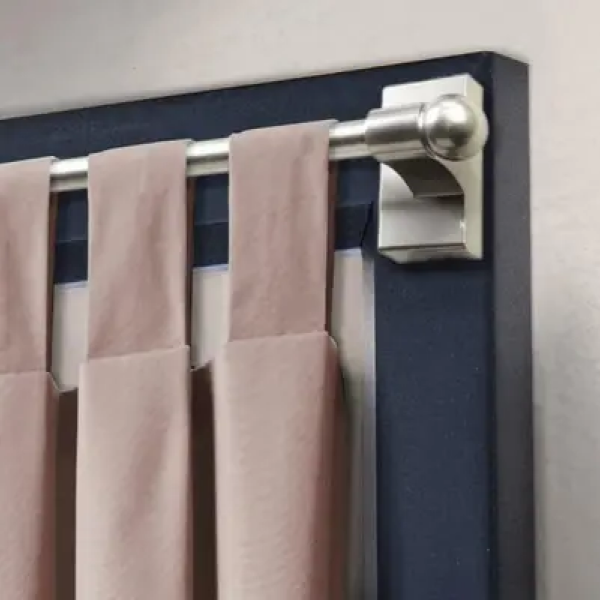Temporary Wall Decor Ideas to Transform Any Space
1. Washi Tape Designs
When it comes to temporary wall decor ideas, washi tape is a versatile and budget-friendly option that can instantly transform any space. This decorative tape comes in a variety of colors and patterns, making it easy to create unique designs on your walls. Whether you want to create geometric shapes, stripes, or even a faux headboard, washi tape allows you to get creative without the commitment of traditional wall decor.
To create a washi tape design, start by cleaning the area of the wall where you want to apply the tape. Measure out the desired design or pattern, and then carefully apply the tape to the wall, making sure to smooth out any air bubbles. If you make a mistake, washi tape is easy to remove and reposition, making it a great option for renters or those who like to change up their decor frequently.
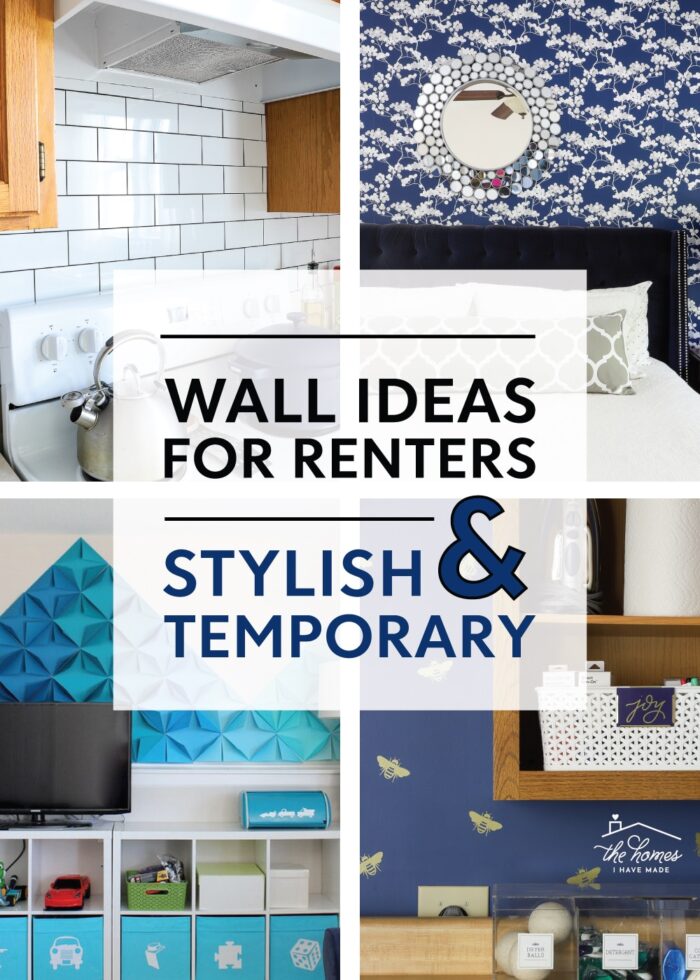
In addition to creating designs on your walls, washi tape can also be used to frame photos or artwork, or to add a pop of color to shelves or furniture. With so many possibilities, washi tape is an easy way to add personality and style to any room.
2. Temporary Wallpaper
If you’re looking for a temporary wall decor idea that packs a big punch, temporary wallpaper is the way to go. This peel-and-stick option is easy to apply and remove, making it perfect for renters or anyone who likes to change up their decor often. Temporary wallpaper comes in a wide variety of colors, patterns, and textures, allowing you to customize your walls to suit your style.

To apply temporary wallpaper, start by cleaning the wall and allowing it to dry completely. Measure out the amount of wallpaper you need, and then cut it to size. Remove the backing and carefully apply the wallpaper to the wall, smoothing out any air bubbles as you go. If you make a mistake or want to change up your decor, simply peel off the wallpaper and start fresh.
In addition to covering entire walls, temporary wallpaper can also be used to create an accent wall, frame a piece of furniture, or add interest to a built-in bookcase. With so many options available, temporary wallpaper is a great way to make a statement in any room.
3. Gallery Wall with Command Strips

Creating a gallery wall is a classic way to add personality and interest to any space, and using Command Strips makes it easy to hang and rearrange your artwork without damaging your walls. To create a gallery wall, start by selecting a variety of frames in different sizes and styles. Lay out your frames on the floor to create a visually pleasing arrangement, and then use Command Strips to hang them on the wall.
Command Strips are a great temporary wall decor option because they provide a strong hold without damaging the wall surface. They are easy to apply and remove, making it simple to switch out artwork or rearrange your gallery wall whenever you want. Plus, Command Strips come in a variety of sizes and weight capacities, so you can hang even heavy frames with ease.
In addition to frames, you can also use Command Strips to hang other wall decor items, such as mirrors, shelves, or decorative objects. With Command Strips, the possibilities are endless for creating a personalized gallery wall that showcases your unique style.
4. Fabric Wall Hangings
Fabric wall hangings are a great temporary wall decor idea that adds texture and warmth to any space. To create a fabric wall hanging, start by selecting a piece of fabric in a color or pattern that complements your decor. You can use a single piece of fabric or layer multiple pieces for added interest.
To hang the fabric on the wall, you can use a variety of methods, such as tension rods, wooden dowels, or adhesive hooks. Simply attach the fabric to the rod or hooks, and then hang it on the wall to create a focal point in the room. Fabric wall hangings are easy to remove and reposition, making them a great option for renters or anyone who likes to change up their decor frequently.
In addition to adding visual interest, fabric wall hangings can also help to absorb sound and add warmth to a room. Whether you choose a bold pattern or a subtle texture, fabric wall hangings are a versatile and stylish option for temporary wall decor.
5. Removable Decals and Stickers
Removable decals and stickers are a fun and easy way to add personality to your walls without the commitment of traditional wall decor. These adhesive decorations come in a wide variety of shapes, sizes, and designs, making it easy to customize your space to suit your style. Whether you prefer floral patterns, geometric shapes, or inspirational quotes, there is a removable decal or sticker to suit your taste.
To apply removable decals and stickers, start by cleaning the wall surface and allowing it to dry completely. Peel the decal or sticker off its backing, and then carefully apply it to the wall, smoothing out any air bubbles as you go. If you make a mistake or want to change up your decor, simply peel off the decal or sticker and start fresh.
In addition to walls, removable decals and stickers can also be used to decorate furniture, windows, or even appliances. With so many options available, removable decals and stickers are a versatile and affordable way to add personality to any room.
6. Hanging Plants
Hanging plants are a great way to add natural beauty and texture to your walls while also purifying the air in your home. To create a hanging plant display, start by selecting a variety of plants that thrive in indoor environments, such as pothos, spider plants, or philodendrons. You can hang the plants in macrame plant hangers, decorative pots, or even repurposed baskets for a bohemian touch.
To hang the plants on the wall, you can use a variety of methods, such as adhesive hooks, wall-mounted planters, or even a DIY trellis. Make sure to choose a location with adequate sunlight and easy access for watering and maintenance. Hanging plants are a great temporary wall decor option because they can be easily moved or rearranged to suit your space.
In addition to adding visual interest, hanging plants can also help to improve air quality and create a calming atmosphere in any room. Whether you choose a single statement plant or a variety of hanging displays, plants are a versatile and stylish option for temporary wall decor.
7. Washable Wall Murals
Washable wall murals are a great temporary wall decor option that allows you to add a bold statement to any room without the commitment of traditional wallpaper. These peel-and-stick murals come in a variety of designs, from scenic landscapes to abstract patterns, allowing you to customize your walls to suit your style. Washable wall murals are easy to apply and remove, making them perfect for renters or anyone who likes to change up their decor often.
To apply a washable wall mural, start by cleaning the wall surface and allowing it to dry completely. Measure out the amount of mural you need, and then cut it to size. Remove the backing and carefully apply the mural to the wall, smoothing out any air bubbles as you go. If you make a mistake or want to change up your decor, simply peel off the mural and start fresh.
In addition to covering entire walls, washable wall murals can also be used to create an accent wall, frame a piece of furniture, or add interest to a built-in bookcase. With so many options available, washable wall murals are a great way to make a statement in any room.
8. Floating Shelves and Wall Art
Floating shelves are a versatile and stylish option for temporary wall decor that allows you to display artwork, plants, or decorative objects without the need for nails or screws. To create a floating shelf display, start by selecting a variety of shelves in different sizes and finishes. Install the shelves using adhesive strips, brackets, or hooks, making sure to follow the manufacturer’s instructions for weight capacity.
Once your shelves are installed, you can decorate them with a variety of items, such as framed photos, potted plants, or decorative objects. Mix and match different shapes and textures to create a visually pleasing display that showcases your unique style. Floating shelves are a great temporary wall decor option because they can be easily moved or rearranged to suit your space.
In addition to displaying decorative objects, floating shelves can also provide valuable storage space in any room. Whether you use them in the living room to showcase your favorite books or in the kitchen to hold spices and cooking utensils, floating shelves are a versatile and practical option for temporary wall decor.
Conclusion
In conclusion, there are many temporary wall decor ideas that can help you transform any space without the need for nails or screws. From washi tape designs and temporary wallpaper to hanging plants and floating shelves, there are endless possibilities for adding personality and style to your walls. Whether you’re a renter looking to customize your space or a homeowner who likes to change up your decor frequently, these temporary wall decor ideas are sure to inspire you to get creative and make a statement in any room. So go ahead, experiment with different options and have fun decorating your walls with these innovative ideas.
